Our great nation and its traditions, values, and institutions continue to be attacked from within. We live in a perilous time. A revolution isn’t coming—it’s already here. The all-out assault by the progressive elites has shattered major parts of American culture—chief among them, the rule of law. We are in the midst of a life and death struggle.
While the radical Left has captured virtually all major institutions, the final outcome is still in doubt. It is imperative that we have clear insights into the true nature of the conflict and identities, tactics, and ideologies of the organized groups and forces that mean to destroy America. James Pastor’s book helps provide these insights with a comprehensive summary and analysis of the current crisis.
As many of my generation will immediately recognize, the book’s title, You Say You Want a Revolution, are the opening lyrics from The Beatles’ 1968 song “Revolution.” At the time, The Beatles took a lot of heat from left-wingers who resented the song’s core message—that it might be a good idea for people to slow down and think before they tear down society. In his opening chapter, Pastor echoes this message, advising readers to “Be Careful What You Ask For.”
James Pastor grew up in a Chicago neighborhood known as East Side, located in the extreme Southeast side part of the city, bordering Lake Michigan and adjacent to Northwest Indiana. The East Side was a predominantly white ethnic working-class community once dominated by the giant steel mills of the Calumet Region. The work ethic was strong. It wasn’t uncommon to see three generations of the same family—grandfather, father, and son working together in the same steel mill.
The East Side was a tight-knit community of traditional families, patriotic American values, and a lot of churches. Pastor’s values were formed by his family, community, and Annunciata Catholic church. He joined the Chicago Police Department (CPD) and in 1985, through his outstanding performance, was selected as a member of CPD’s elite Gang Crime Enforcement Unit.
Being an effective policeman in CPD’s Gang Unit required special traits. One was courage combined with skill to take on the biggest, most dangerous gangs in America during the 1980s. Another was sincerity and dedication to protect the most vulnerable citizens—the victims of these vicious predators. Pastor’s isn’t a “cop book,” but many of his insights describing the intersection of race, religion, and politics have been profoundly shaped by his work and life experience.
Providing an overview of the dangerous revolutionary climate in which America finds itself, Pastor places our present situation within historical context.
The 2020 riots, perpetrated by Black Lives Matter and Antifa, were an actual armed insurrection. The planned and deliberate violence was unprecedented in American history. The subversion included 574 riots, 624 acts of arson, 2,385 looting incidents, 26 people killed, 97 police vehicles burned, $2 billion in property damage, and 2,000 police officers injured. The death of George Floyd sparked the violence, but it wasn’t the cause.
The violence and hatred of America had been sown with the seeds of racial division for many years by leftist groups, university elites, and perpetuated by the media. Black Lives Matter ideology, an offshoot of critical race theory, was a crucial element.
Critical race theory (CRT) is a radical ideology derived from Marxist critical theory. The twist with CRT is using racial conflict, rather than class struggle, to undermine the foundations of society. CRT teaches that the United States is an illegitimate and irredeemable racist country with a constitutional framework designed to maintain white supremacy. It maintains that all whites are born as perpetual oppressors, and all blacks are born to be perpetual victims.
The myth of “white privilege” is a basic tenet of CRT that is pushed relentlessly through all social institutions and propaganda outlets controlled by the Left. Everyone can recall the images of spoiled, upper-middle class and wealthy, white college students prostrating themselves before BLM mobs in 2020 to confess their self-induced white guilt and atone for their “privilege.”
Spectacles of white self-flagellation are great for headlines, but they don’t reflect reality. Blacks make up 13 percent of the U.S. population. Whites still make up 60 percent and Asians constitute six percent. For most people in the latter two groups who are non-elites, their racial identity is not a benefit, but a detriment to workplace, educational, and social advancement. This unfair treatment breeds resentment. Pastor questions what will happen when the vast majority of two-thirds of the country—average people who work for a living—get fed up with being marginalized and vilified. He warns of the dangerous backlash that inevitably will come.
Pastor considers Barack Obama’s presidency to be a pivotal point in American race relations. Obama’s 2004 Democratic Convention speech put his presidential aspirations on a fast track when he proclaimed, “There is not a black America and a white America, but a United States of America.” Millions of Americans bought in, hoping that our first black president would prove to be the leader who would transcend race. He proved to be just the opposite.
Under Obama, black and white race relations significantly deteriorated. This wasn’t the result of a racist backlash from whites, but instead was engineered by the Obama Administration. They exploited every racial controversy to inflame animosity, demonize police, marginalize white people, and advance the myth of “systemic racism.” Pastor notes “The problem now is that many want racism . . . they want to use race as a wedge to divide society.”
Pastor also confronts another issue that is taboo to discuss in leftist culture—the reality of black crime. He deconstructs the myth that disparities in black arrest rates are proof of racism. Higher black arrest rates are the result of higher rates of crime committed by blacks.
Probing deeper into the root cause of disproportionate black crime—he connects the catastrophe of fatherless families in the black community—now at 75 percent.
Pastor provides a thorough summary of the Black Lives Matter movement and connected leftist strategies which have almost completely undermined the rule of law. This subversion includes the ascension of George Soros-financed district attorneys; the elimination of cash bail; early prison releases of violent criminals; and the defunding, dismantling, reimagining, and remaking of the police. The unprecedented waves of crime and lawlessness this has caused further drives the development of revolutionary activity. This chaos is not the result of well-intentioned ideas gone wrong—it was intended.
The American public has a limited understanding of who these ultra-radical groups are and what they believe. Pastor explains both and provides a “window into the mind of extremist thinking.” And there are a lot of them out there.
In the golden age of Major League Baseball, vendors would sell scorecards to serious fans entering the ballpark declaring, “You can’t tell the players without a scorecard!” With his comprehensive classification and summary of the ideologies of almost 20 active groups, Pastor provides us with an extremist scorecard. He classifies them into specific categories: single-interest groups, left-wing communists and socialists, anarchists, right-wing Fascists, and racist nationalists (both black and white).
In 1986 and 1987, Pastor’s gang unit was part of the FBI-led team that took down the notorious El Rukns. The El Rukns were a sophisticated criminal organization that had originated as a common street gang on the Southside of Chicago, had become radicalized in Sunni Islam, and contracted with Libyan dictator Muammar Gaddafi for $2.5 million to shoot down a passenger airliner at Chicago’s O’Hare International Airport with a rocket launcher. The plot was thwarted, arrests were made, and a rocket launcher was seized.
Pastor expects similar things to happen again as the current conflict intensifies. Today’s criminal street gangs will be recruited into the leftist revolutionary movement. I concur with his assessment. In 2020, gang members played a significant part in the BLM rioting, looting, and attacks on the police. They could easily transform into a more formal role in the future—especially if the money is right.
The current crime wave sweeping across America is deliberate and intended to collapse our society and institutions. The destruction of America is a top priority on the globalist agenda. Pastor notes, “A lawless society will not survive. It will either be toppled by organized hostile forces or descend into chaos and disintegrate by its own weight. Policing is not the answer to all of our nation’s social problems but without the rule of law, we can’t even begin.”
To maintain the rule of law, Pastor proposes a concept he terms “Public safety policing” to control crime and provide a defense against extremist violence. Public safety policing will be achieved through the integration of three elements—order maintenance, surveillance, and protective methods.
Order maintenance requires a return to proactive policing. Pastor presents evidence showing that order maintenance is essential to reducing homicides and the positive results will particularly benefit black urban communities. Making arrests for quality-of-life crimes (currently almost exclusively ignored in Democrat-run cities) has a direct impact upon reducing homicides. Hiring more police officers makes a difference too. Every 10 additional officers results in the reduction of one homicide.
Surveillance includes enhancing local police departments’ ability to collect and analyze raw information and actionable intelligence. Traditional methods of utilizing human information through officer observation and police-citizen contacts will always remain the most essential element of good policing, but a full utilization of available technologies is needed to take it to a new qualitative level. These include public and private camera systems, facial recognition technology, crime mapping programs, license plate readers, surveillance drones, traffic enforcement cameras, and global positioning systems. A challenge will be to ensure access to the full range of technology for medium and small size police departments because of their limited budgets.
The purpose of protective methods is to “control the environment in order to protect the community.” Methods include “hot spot” policing to apply police resources on high crime areas, problem-oriented policing to identify and find long-term solutions to specific crime problems, and holistic approaches to develop positive life skills for young people.
Training and tactics must be improved to better protect individual officers, enhance police-citizen partnerships, and ensure that the public’s constitutional rights are protected. To better respond to the increased levels of violence and mass shooters, Pastor proposes increasing the numbers of SWAT teams for more availability.
These proposals are diametrically opposed to the timid, reactive, soft-on-crime approaches currently employed by many police departments. In order to even consider these changes, entirely new policing philosophies must be embraced.
Any policy that is founded upon a belief in the legitimacy of our nation, support for the role of the police to defend the Constitution and protect the safety of citizens, and is pro-victim and anti-criminal—must have the unequivocal support of a jurisdiction’s political leadership if it is to succeed.
Pastor recognizes this reality—particularly in Democrat-run big cities. He observes that “Policies are driven by the leadership within each department. Since leaders in local police departments are appointed by the politicians in each city, one can expect that police leaders are politically or ideologically in accord with those who selected them . . . If progressive leaders pick police leadership, one can expect police department policies will reflect the values and mindset of the political leadership.”
Unfortunately, cities that have been taken over by anti-American and anti-police ideologies will be doomed to suffer the misery of crime, disorder, and fear—until their citizens elect leaders who will reverse this self-destructive course.
Pastor identifies the principles and values which will inspire and unite patriots to embark upon the path that will reclaim America. Drawing upon his working-class roots and the eternal truths that have always sustained our communities, he presents them to us—God, family, and country. The progressive revolutionaries and the elites who control our institutions are well aware of the importance of these values—this is why they are obsessed with eradicating them.
America is under attack. The revolutionary forces intent upon her destruction are powerful. James Pastor has written an important book that provides a sobering assessment of the fight we are in and a plan for patriots to win it.





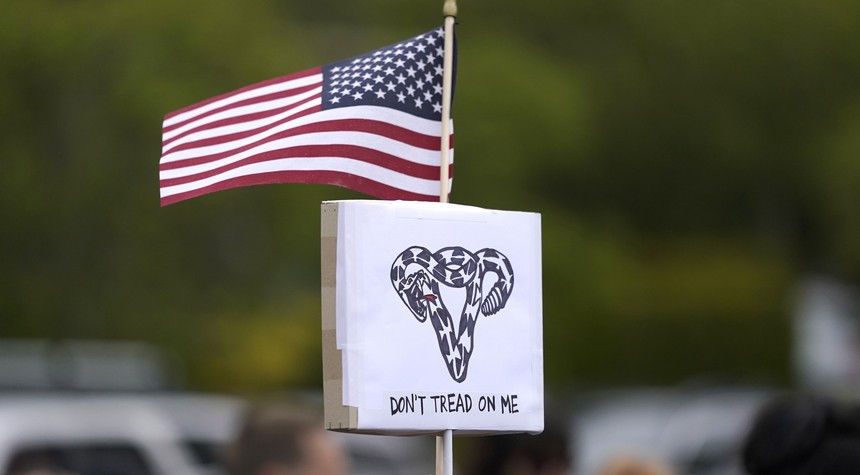

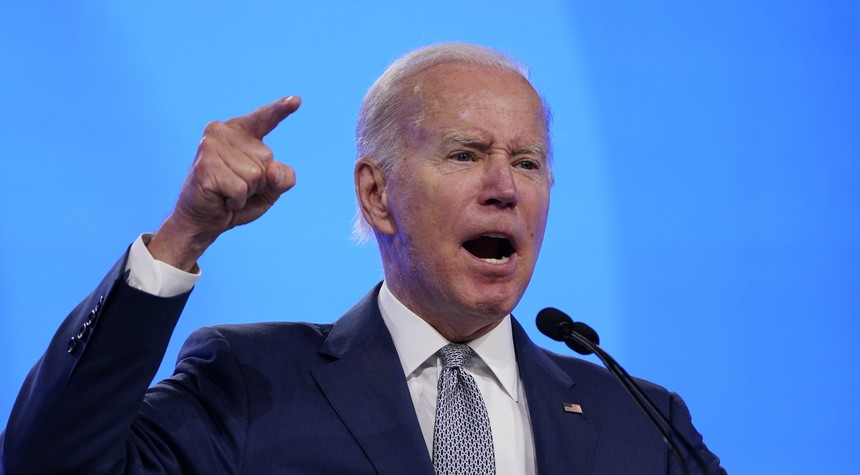

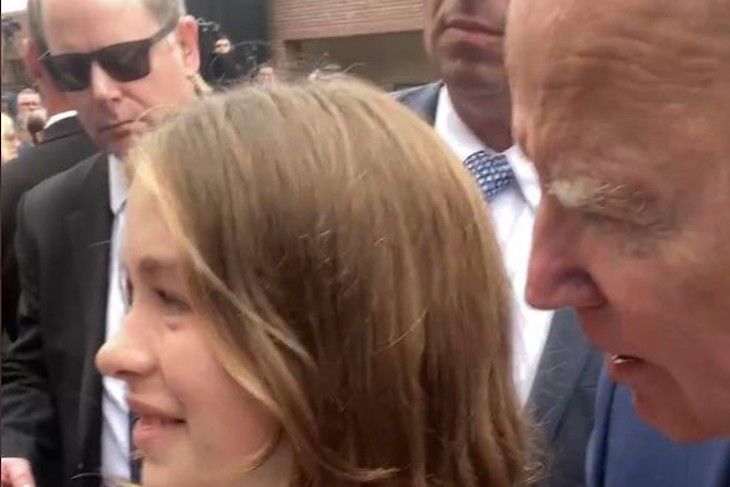
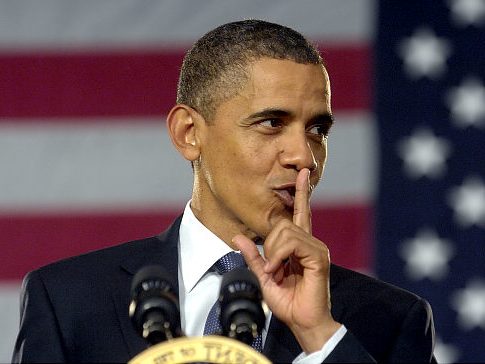 For years CTH has outlined how the Obama administration leveraged social media networks as part of a larger objective to shape public opinion, ultimately leading to the shaping of U.S. elections.
For years CTH has outlined how the Obama administration leveraged social media networks as part of a larger objective to shape public opinion, ultimately leading to the shaping of U.S. elections.

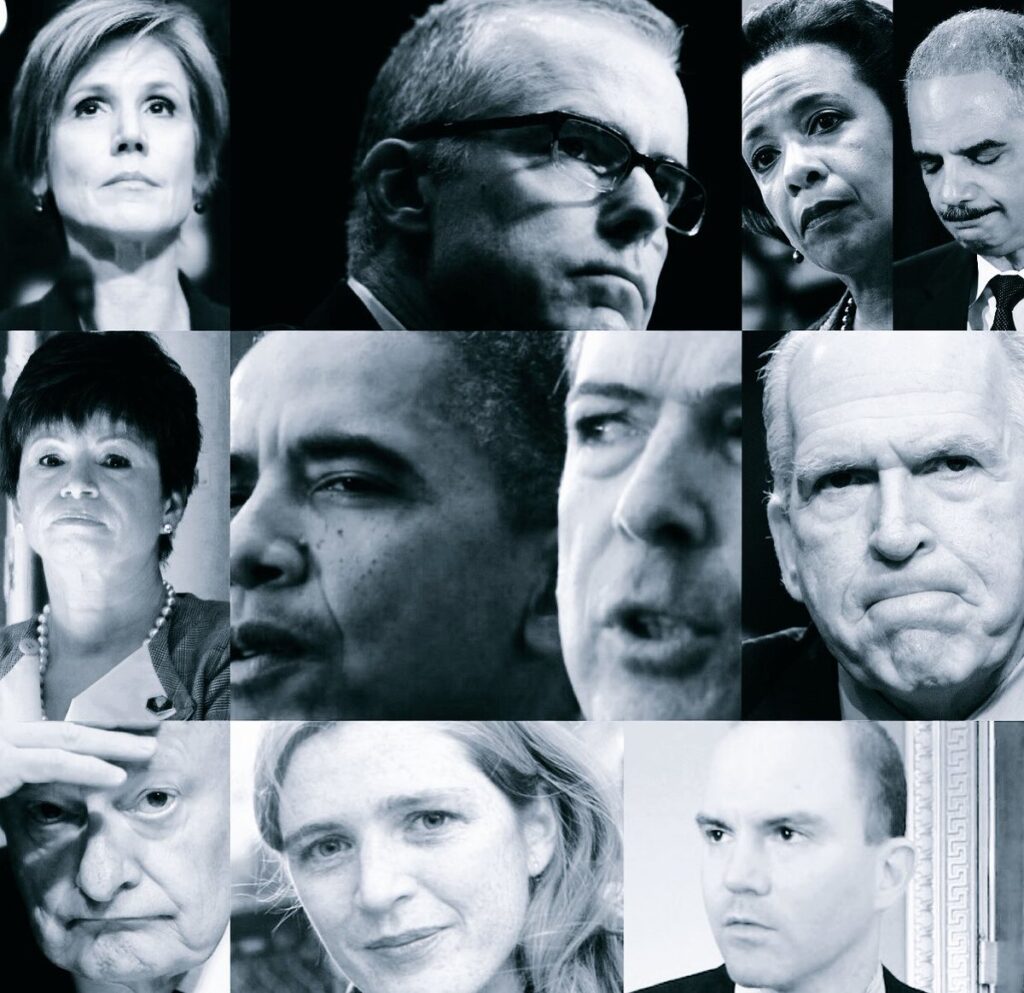 It was during
It was during